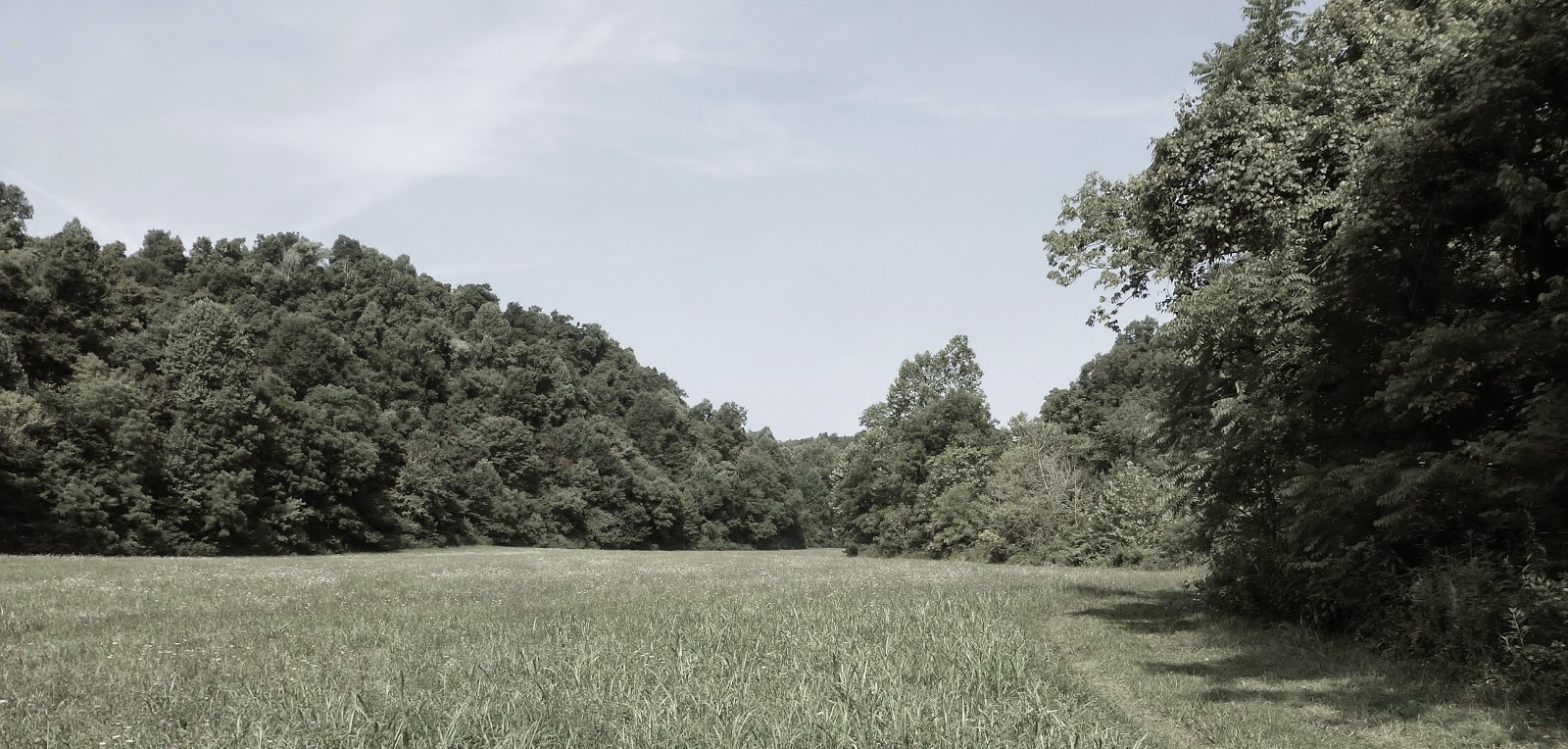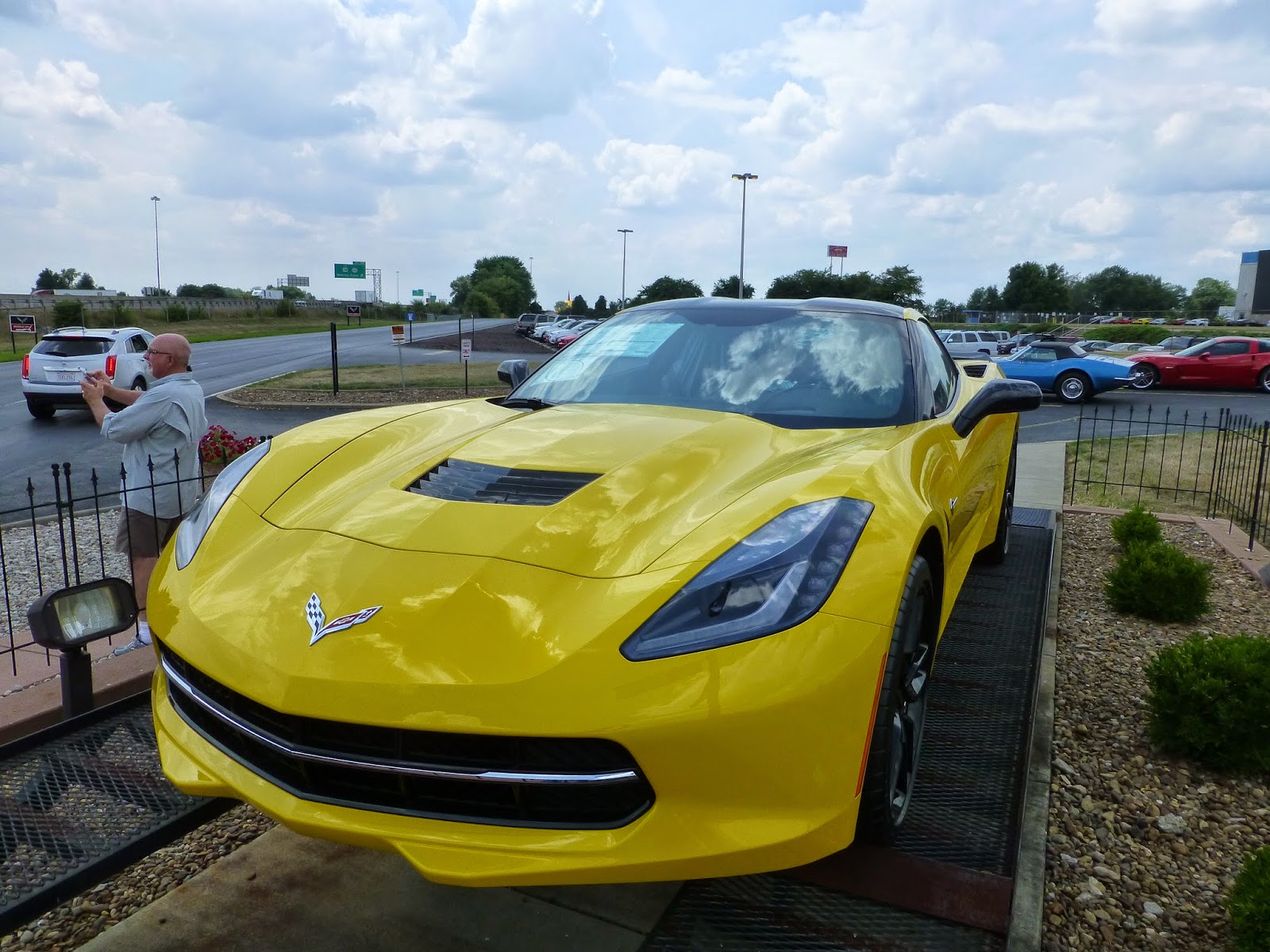Common “Church of the Open Road” Question:
Where do you suppose that goes?
Best Possible Answer:
I don’t know. Let’s find
out.
We knew we wanted to get to the high
country. We just didn’t know quite
where. We perused one of the Church
of the Open Road’s bibles: DeLorme’s
California Atlas and Gazetteer, but with an overwhelming number of options,
we simply drove.
Let’s find a lookout, came the suggestion. There’re always good views from
lookouts. Duh.
Grouse Ridge is a lesser-traveled
area in the Tahoe National Forest.
The lookout perched there affords a 360 degree panorama that includes
the Coast Range and Sutter Buttes to the west, the Sierra Buttes to the north,
the Crystal Range rimming Lake Tahoe to the south east and ridge upon ridge of
rugged granite and basalt in between.
Dotted here and there like remnants of God’s tears are tiny
puddles, pools and lakes. You see
thousands of them as you fly east out of Sacramento on your way to Chicago or
Denver.
Walking down from the trailhead – the problem with any
trailhead at the top of a mountain is that you know it will be an arduous up
hill getting back to the vehicle – a careful survey through the twisted pines,
one sees a blue diamond here and a turquoise one there.
A trail forks off to the right. Where do you suppose
that goes? I don’t know. Let’s find out.
Ten minutes on, we arrive a jewel
surrounded by granite but curiously sporting a bathtub ring.
Circling, we find that someone, at some time, felt that
industry downstream would be enhanced by governing the flow of water out of
this lake. A dam was constructed.
By regulating the flow, the hydraulic miners of the 1870s
could use the power of falling water to blast the overburden off the gold
deposits on the Yuba drainage year round.
Wading through pine mat Manzanita
and scaling some granite slopes we come to a view of the Sierra’s crest, but at
our feet lay another lake.
Tiptoeing down to it, we circle to where its outlet courses through
broken rock and duff. A few yards further
down stream: another pool.
Geographers call these paternoster lakes. As glaciers scoured round-bottomed
canyons, they pushed in front of them cubic yards of rock and dirt and
overburden. When the weather
warmed, the ice retreated. At the
endpoint of its descent, the stuff pushed ahead of the ice formed a dam or a
terminal moraine behind which a pond formed. As the cycle repeated, if the ice didn’t flow quite as far
down the course, another moraine was formed upstream from the first. And, along with it, another little
lake.
The high Sierra is ribboned with these strings of
lakes. Some have, by this time
some 10,000 years hence, silted in to form meadows, which, in late August, are
quite dry.
Some still rest as clear, cold opalescent gems inviting a
wade or a swim. Each makes a
delightful end point for a day hike or an overnighter.
Over any granite rise, as we boulder hop here and there, we
might find another little lake and several of her sisters.
Intersecting an established trail,
we follow it easterly about three high-country miles to a named lake.
Pines and Manzanita take roothold wherever possible along
the shore.
Granite forming the opposite side thrusts upward. Chunks broken free had tumbled down the steep embankment showing us that nature wasn't quite finished forming the Sierra.
We wore ourselves out this day. We wore out the dogs, too. That last two hundred yards up to the
parking area damned near did us in.
But in the sound night’s sleep that followed, a videotape of what heaven
must be like played in an endless loop.
o0o
Today’s Route:
From Sacramento east on I-80; West on
CA 20; Right turn onto Bowman Lake Road.
(Check out the Sierra Discovery Trail about a mile in.) After eight miles, right on Grouse
Ridge Road; Six miles of quite passable dirt to parking area. Return: Retrace route to CA 20 then west to Nevada City/Grass
Valley, Auburn and I-80.
Resources:
Sierra Nevada Natural History by Tracy Storer and
Robert Usinger. (I’m on my third or
fourth copy.) University of
California Press.
DeLorme’s California Atlas and Gazetteer. Complete set of topographic maps for
the entire state. DeLorme has a
volume for most states.
© 2014
Church of the Open Road
Press

















































